The Thermal Power Plant Market is currently characterized by a dynamic competitive landscape, driven by the increasing demand for energy and the transition towards cleaner technologies. Major players such as General Electric (US), Siemens (DE), and Mitsubishi Heavy Industries (JP) are at the forefront, each adopting distinct strategies to enhance their market positioning. General Electric (US) focuses on innovation in turbine technology, aiming to improve efficiency and reduce emissions, while Siemens (DE) emphasizes digital transformation through its digital twin technology, which optimizes plant operations. Mitsubishi Heavy Industries (JP) is actively pursuing regional expansion, particularly in Asia, to capitalize on the growing energy needs in emerging markets. Collectively, these strategies not only enhance individual company performance but also contribute to a more competitive and technologically advanced market environment.
In terms of business tactics, companies are increasingly localizing manufacturing to reduce costs and improve supply chain resilience. This approach is particularly evident in the moderately fragmented structure of the market, where numerous players vie for market share. The collective influence of key players, including Bharat Heavy Electricals Limited (IN) and Alstom (FR), further intensifies competition, as they seek to optimize their operations and expand their geographical reach.
In August 2025, General Electric (US) announced a partnership with a leading renewable energy firm to develop hybrid power plants that integrate thermal and renewable sources. This strategic move is significant as it positions General Electric to leverage the growing trend towards hybrid energy solutions, potentially enhancing its market share in a rapidly evolving energy landscape. The collaboration is expected to facilitate the development of more sustainable energy solutions, aligning with global decarbonization goals.
In September 2025, Siemens (DE) launched a new digital platform aimed at enhancing operational efficiency in thermal power plants. This initiative underscores Siemens' commitment to digitalization, allowing operators to utilize real-time data analytics for predictive maintenance and performance optimization. The introduction of this platform is likely to strengthen Siemens' competitive edge by providing clients with advanced tools to improve plant reliability and reduce operational costs.
In July 2025, Mitsubishi Heavy Industries (JP) secured a major contract for the construction of a thermal power plant in Southeast Asia, marking a significant expansion of its footprint in the region. This contract not only reinforces Mitsubishi's strategic focus on regional growth but also highlights its capability to deliver large-scale projects, which is crucial in meeting the increasing energy demands of developing economies. The successful execution of this project could enhance Mitsubishi's reputation and lead to further opportunities in similar markets.
As of October 2025, the Thermal Power Plant Market is witnessing trends that emphasize digitalization, sustainability, and the integration of artificial intelligence. Strategic alliances are becoming increasingly prevalent, as companies recognize the need to collaborate in order to innovate and meet regulatory requirements. The competitive differentiation is likely to evolve from traditional price-based competition towards a focus on technological advancements, operational efficiency, and supply chain reliability. This shift suggests that companies that prioritize innovation and sustainability will be better positioned to thrive in the future.


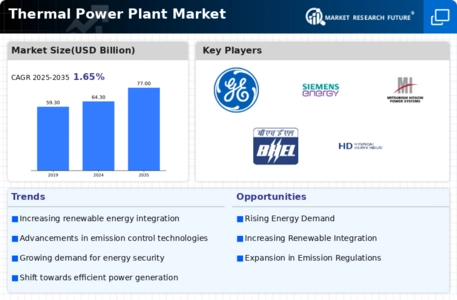
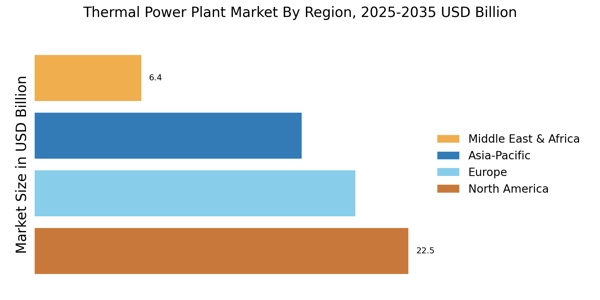
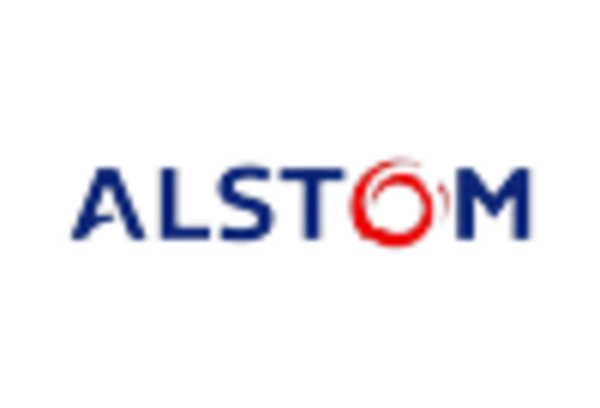
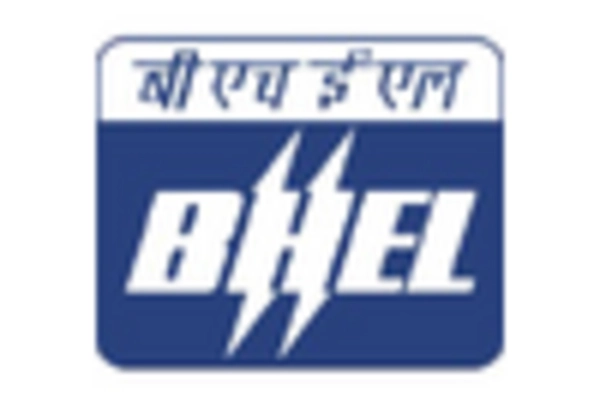

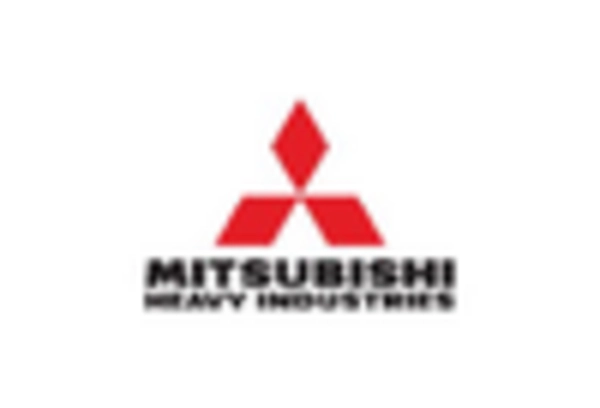

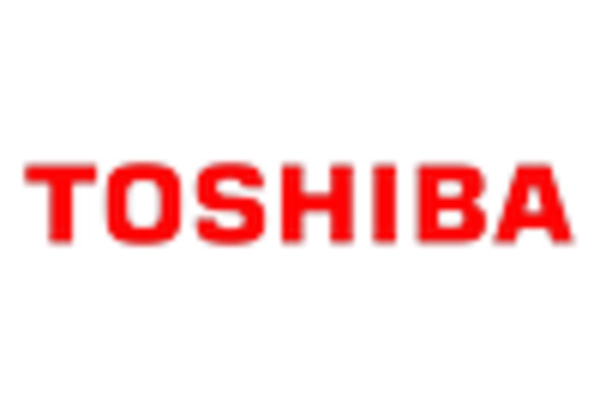








Leave a Comment